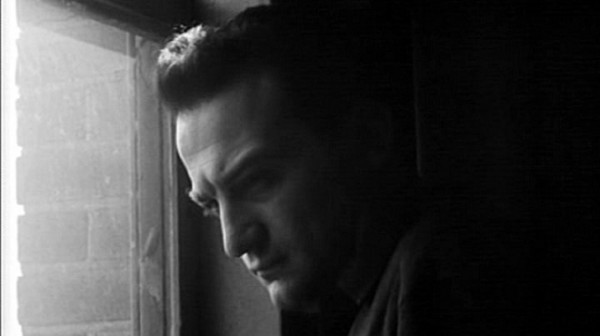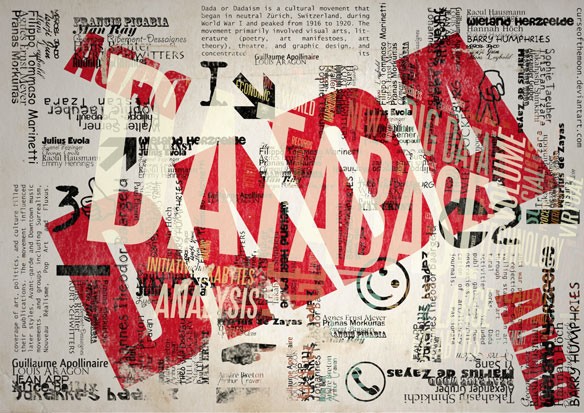JESUS CHRIST SUPERSTAR ARENA SPECTACULAR
Madison Square Garden
Seventh Ave. at 33rd St.
Tuesday, August 5, $64.10 – $304, 8:00
www.jesuschristsuperstar.com
www.thegarden.com
Andrew Lloyd Webber and Tim Rice’s Jesus Christ Superstar will be treading on hallowed ground when it comes to Madison Square Garden for a one-night-only performance on August 5. Pope John Paul II visited the World’s Most Famous Arena in 1979, and the Messiah himself, Mark Messier, lifted the Holy Grail — er, the Stanley Cup — on Garden ice twenty years ago next month. The rock opera, which opened on Broadway in October 1971, was made into a film in 1973, and was resurrected by Des McAnuff on the Great White Way in a rousing revival in 2012, will start touring the U.S. in a massive version billed as an “Arena Spectacular,” a traveling road show with a cast and crew of 150 that will arrive in 12 articulated buses and 7 sleeper buses. And what a cast, reaching near-biblical proportions with Sex Pistols and PiL punk legend Johnny Rotten playing King Herod; instead of screaming “God save the queen / She ain’t no human being” or “I am an antichrist / Don’t know what I want,” Mr. Lydon will be belting out to the King of the Jews: “So You are the Christ / You’re the great Jesus Christ / Prove to me that You’re divine / Change my water into wine.” The production, directed by Laurence Connor (Les Misérables, The Phantom of the Opera) and choreographed by Kevan Allen, also features Incubus lead vocalist Brandon Boyd as Judas Iscariot, former *NSYNC star and appropriately initialed JC Chasez as Pontius Pilate, Former Destiny’s Child member Michelle Williams as Mary Magdalene, and British actor-singer Ben Forster (no, not the dude who plays Driver Perkins on Thomas the Tank Engine) returning to the title role he won on a reality TV show. (Seriously, we didn’t make any of this up, not a single word.) Ticket prices range from $64.10 for the cheap seats to $304 for the Superstar Premium VIP Experience, which comes with a photo-op meet-and-greet with at least two lead cast members, a preshow party, a dedicated concierge, and more. Everybody, now: “Hosanna Heysanna Sanna Sanna Ho / Sanna Hey Sanna Ho Sanna….”
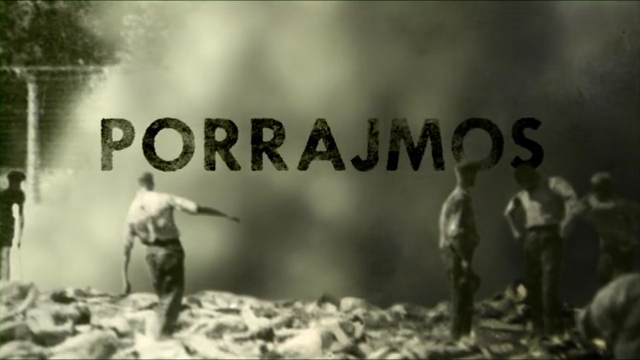
 “Of course, when we talk about the suffering of the Roma at this place, this is not to blame anybody, or to tell that some nations are bad or others are better,” journalist Marcus Pape says as he walks through a forest at the beginning of A People Uncounted: The Untold Story of the Roma. “The point is that we want to tell a story that might tell us something about ourselves.” And what Aaron Yeger’s surprising and harrowing documentary tells us is not very pleasant. In his feature-length debut, Yeger travels to Slovakia, Germany, Hungary, Romania, America, and other countries, documenting the continuing plight of the Roma, more popularly known by the offensive term “Gypsies,” Europe’s largest minority. Interviewing activists, government officials, and Roma Holocaust survivors, Yeger reveals the intense prejudice against the Roma, who came from Northern India, and the Sinti, Romani people from in and around Germany, going back centuries, through the genocide of the Holocaust to today. He shows how misunderstood their culture is, as depicted in Hollywood movies and songs by Cher (“Gypsies, Tramps and Thieves”) and Shakira (“Gypsy”), and how Roma men, women, and children are still discriminated against, pointing out that the previous mayor of Milan led a movement in 2010 to rid his city of all Roma. Incorporating archival footage with staggering facts and Robi Botos’s mournful score, A People Uncounted: The Untold Story of the Roma is a poignant and painful examination of man’s seemingly unending inhumanity to man. The film, which has won numerous awards at festivals around the world, is playing May 16-22 at the Quad, with Yeger participating in Q&As following the 9:00 show on Friday and the 4:45 and 9:00 shows on Saturday.
“Of course, when we talk about the suffering of the Roma at this place, this is not to blame anybody, or to tell that some nations are bad or others are better,” journalist Marcus Pape says as he walks through a forest at the beginning of A People Uncounted: The Untold Story of the Roma. “The point is that we want to tell a story that might tell us something about ourselves.” And what Aaron Yeger’s surprising and harrowing documentary tells us is not very pleasant. In his feature-length debut, Yeger travels to Slovakia, Germany, Hungary, Romania, America, and other countries, documenting the continuing plight of the Roma, more popularly known by the offensive term “Gypsies,” Europe’s largest minority. Interviewing activists, government officials, and Roma Holocaust survivors, Yeger reveals the intense prejudice against the Roma, who came from Northern India, and the Sinti, Romani people from in and around Germany, going back centuries, through the genocide of the Holocaust to today. He shows how misunderstood their culture is, as depicted in Hollywood movies and songs by Cher (“Gypsies, Tramps and Thieves”) and Shakira (“Gypsy”), and how Roma men, women, and children are still discriminated against, pointing out that the previous mayor of Milan led a movement in 2010 to rid his city of all Roma. Incorporating archival footage with staggering facts and Robi Botos’s mournful score, A People Uncounted: The Untold Story of the Roma is a poignant and painful examination of man’s seemingly unending inhumanity to man. The film, which has won numerous awards at festivals around the world, is playing May 16-22 at the Quad, with Yeger participating in Q&As following the 9:00 show on Friday and the 4:45 and 9:00 shows on Saturday.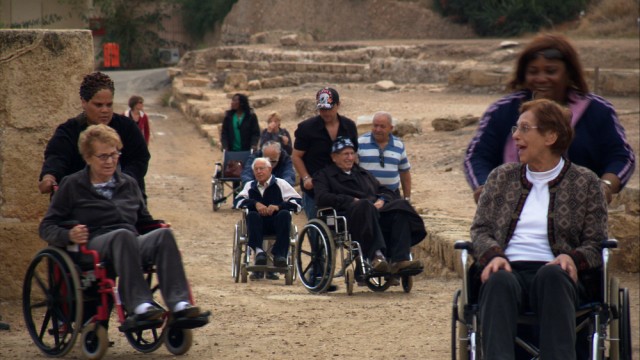
 During Yom Kippur and the Passover seder, Jews around the world proclaim that “next year, may we be in Jerusalem.” In David Gaynes’s charming documentary, Next Year Jerusalem, this dream comes true for eight men and women at the Jewish Home for the Elderly in Fairfield, Connecticut. In 2011, JHE president and CEO Andrew Banoff and Rabbi Stephen Shulman arranged for eight of their residents to make a once-in-a-lifetime ten-day trip to Israel; what made this journey different, and very special, is that the group had an average age of ninety-one, ranging from Sandy Levin, eighty-two, to Bill Wein, ninety-seven. With all their infirmities and medications, canes and wheelchairs, they prepare for a great adventure, with Gaynes behind the camera himself as they share stories about their lives, contemplate their deaths, and express their sheer joy as their anticipation grows. Shortly before they leave, Rabbi Shulman has to explain that they have to be ready not only for someone to not be able to make it to Israel but, more critical, one of them not being able to come home, given their ages and health situations. But that isn’t going to stop any of them, especially not ninety-three-year-old Selma Rosenblatt, who isn’t about to let her twisted body get in the way. Meanwhile, eighty-seven-year-old Regine Arouette, who isn’t Jewish, looks forward to visiting several Christian landmarks. (The others on the trip are Helen Downs, ninety-one; Leslie Novis, ninety; Harry Shell, ninety-two; and Bill’s wife, Juna Wein, eighty-nine.) When they all head off to Israel, accompanied by such lovingly involved caretakers as Donnette Banton, thirty-six-year-old Gaynes (Saving Hubble, Keeper of the Kohn) keeps his camera focused on the senior citizens as they visit historic sites, placing their fabulous experience front and center. Next Year Jerusalem is a charming and delightful celebration of life at the end of life, a spirit-lifting film that shows that you’re never too old to say no. “Where are the Israels for which we personally have yet to travel?” Gaynes, who also served as editor and producer, asks in his director’s statement. Next Year Jerusalem opens May 16 at the Quad, with all weekend screenings followed by a Q&A with Gaynes.
During Yom Kippur and the Passover seder, Jews around the world proclaim that “next year, may we be in Jerusalem.” In David Gaynes’s charming documentary, Next Year Jerusalem, this dream comes true for eight men and women at the Jewish Home for the Elderly in Fairfield, Connecticut. In 2011, JHE president and CEO Andrew Banoff and Rabbi Stephen Shulman arranged for eight of their residents to make a once-in-a-lifetime ten-day trip to Israel; what made this journey different, and very special, is that the group had an average age of ninety-one, ranging from Sandy Levin, eighty-two, to Bill Wein, ninety-seven. With all their infirmities and medications, canes and wheelchairs, they prepare for a great adventure, with Gaynes behind the camera himself as they share stories about their lives, contemplate their deaths, and express their sheer joy as their anticipation grows. Shortly before they leave, Rabbi Shulman has to explain that they have to be ready not only for someone to not be able to make it to Israel but, more critical, one of them not being able to come home, given their ages and health situations. But that isn’t going to stop any of them, especially not ninety-three-year-old Selma Rosenblatt, who isn’t about to let her twisted body get in the way. Meanwhile, eighty-seven-year-old Regine Arouette, who isn’t Jewish, looks forward to visiting several Christian landmarks. (The others on the trip are Helen Downs, ninety-one; Leslie Novis, ninety; Harry Shell, ninety-two; and Bill’s wife, Juna Wein, eighty-nine.) When they all head off to Israel, accompanied by such lovingly involved caretakers as Donnette Banton, thirty-six-year-old Gaynes (Saving Hubble, Keeper of the Kohn) keeps his camera focused on the senior citizens as they visit historic sites, placing their fabulous experience front and center. Next Year Jerusalem is a charming and delightful celebration of life at the end of life, a spirit-lifting film that shows that you’re never too old to say no. “Where are the Israels for which we personally have yet to travel?” Gaynes, who also served as editor and producer, asks in his director’s statement. Next Year Jerusalem opens May 16 at the Quad, with all weekend screenings followed by a Q&A with Gaynes. 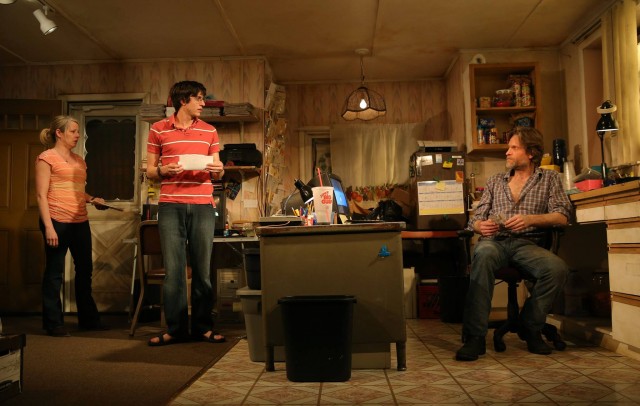
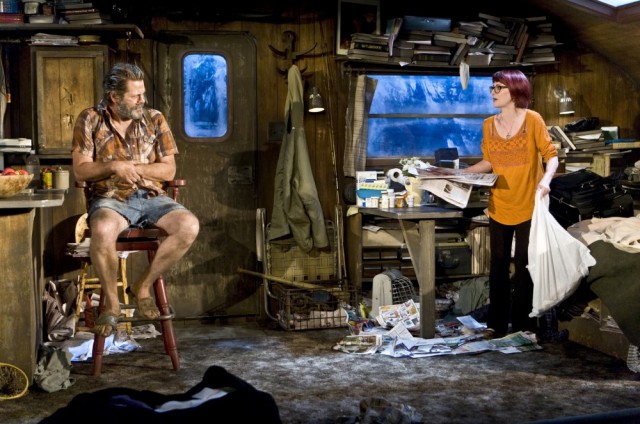
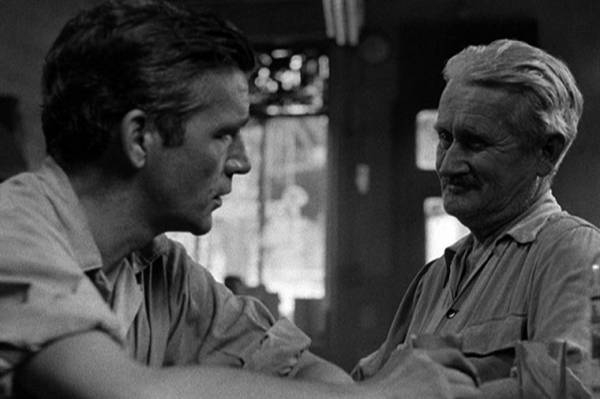
 One of the greatest cinematic documents ever made about New York, Lionel Rogosin’s On the Bowery is playing at Anthology Film Archives on May 17 and 19 as part of “From Mae West to Punk: The Bowery on Film,” a three-day series that includes feature-length works and shorts that take place in and around one of the most famous thoroughfares in the world. The recent, stunning 35mm restoration of On the Bowery offers a new look at this underground classic, which caused a stir upon its release in 1956, winning prizes at the Venice Film Festival while earning criticism at home for daring to portray the grim reality of America’s dark underbelly. After spending six months living with the poor, destitute alcoholics on Skid Row as research, idealistic young filmmaker Rogosin spent the next four months making On the Bowery, a remarkable examination of the forgotten men of New York, ne’er-do-wells who can’t find jobs, sleep on the street, and will do just about anything for another drink. Rogosin centers the film around the true story of Ray Salyer, a journeyman railroad drifter stopping off in New York City seeking temporary employment. Salyer is quickly befriended by Gorman Hendricks, who not only shows Salyer the ropes but also manages to slyly take advantage of him. Although the film follows a general structure scripted by Mark Sufrin, much of it is improvised and shot on the sly, in glorious black-and-white by Richard Bagley. The sections in which Bagley turns his camera on the streets, showing the decrepit neighborhood under the El, set to Charles Mills’s subtle, jazzy score and marvelously edited by Carl Lerner, are pure poetry, yet another reason why On the Bowery is an American treasure. The film is screening with the 1964 short How Do You Like the Bowery?, in which Alan Raymond and Dan Halas pose the title question to Bowery denizens.
One of the greatest cinematic documents ever made about New York, Lionel Rogosin’s On the Bowery is playing at Anthology Film Archives on May 17 and 19 as part of “From Mae West to Punk: The Bowery on Film,” a three-day series that includes feature-length works and shorts that take place in and around one of the most famous thoroughfares in the world. The recent, stunning 35mm restoration of On the Bowery offers a new look at this underground classic, which caused a stir upon its release in 1956, winning prizes at the Venice Film Festival while earning criticism at home for daring to portray the grim reality of America’s dark underbelly. After spending six months living with the poor, destitute alcoholics on Skid Row as research, idealistic young filmmaker Rogosin spent the next four months making On the Bowery, a remarkable examination of the forgotten men of New York, ne’er-do-wells who can’t find jobs, sleep on the street, and will do just about anything for another drink. Rogosin centers the film around the true story of Ray Salyer, a journeyman railroad drifter stopping off in New York City seeking temporary employment. Salyer is quickly befriended by Gorman Hendricks, who not only shows Salyer the ropes but also manages to slyly take advantage of him. Although the film follows a general structure scripted by Mark Sufrin, much of it is improvised and shot on the sly, in glorious black-and-white by Richard Bagley. The sections in which Bagley turns his camera on the streets, showing the decrepit neighborhood under the El, set to Charles Mills’s subtle, jazzy score and marvelously edited by Carl Lerner, are pure poetry, yet another reason why On the Bowery is an American treasure. The film is screening with the 1964 short How Do You Like the Bowery?, in which Alan Raymond and Dan Halas pose the title question to Bowery denizens.